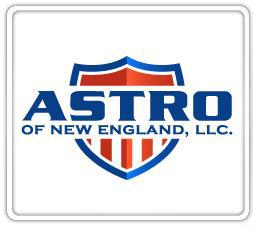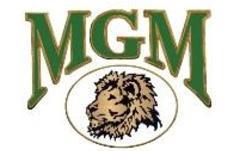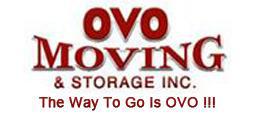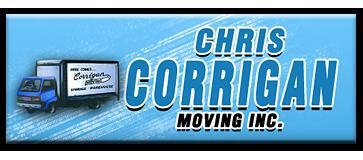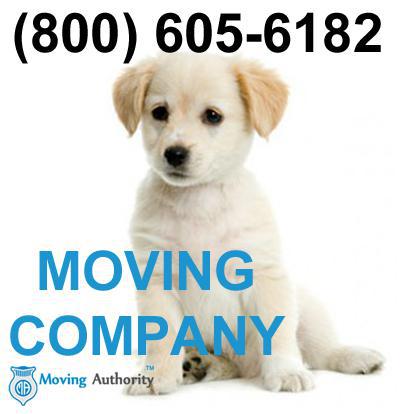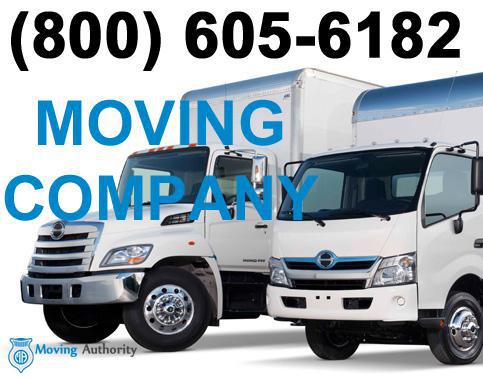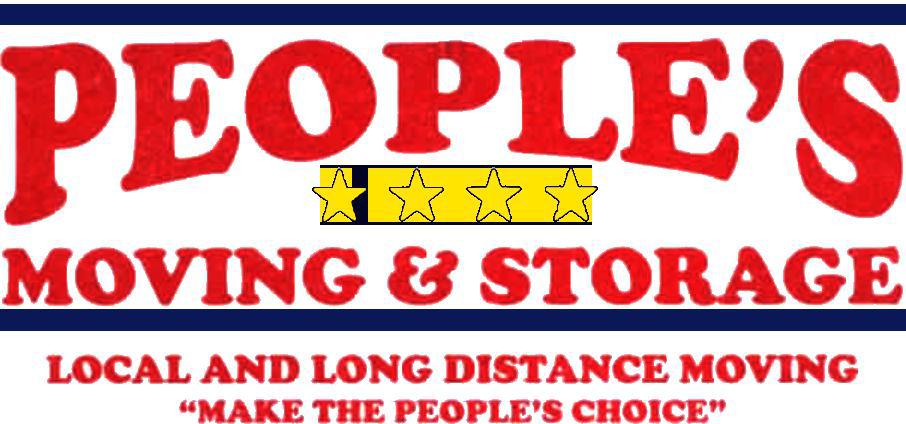Rhode Island Movers Top Rated
(888) 787-781338 Movers in Rhode Island
Page 1/3
The Best Rhode Island Movers
Moving within Rhode Island may seem like a small task, you'd be surprised. In such a small state, you will need a state to state moving company to get the job done right. Moving Authority has chosen the best Rhode Island interstate movers for you to take some of the mystery out of your relocation. Scan our interstate Rhode Island moving reviews for moving tips on how to find a cross country mover. Also, read up on local moving company reviews to get the most information possible on the best Rhode Island moving companies. Your best priced Rhode Island movers can be found when you get a free moving quote from Moving Authority. You'd be shocked at the discount relocation rates you'll be able to find when you have a Rhode Island movers cost estimate in hand. Don't wait any longer; discover the best Rhode Island movers today.
When is the last time you considered finding the best car transport in Rhode Island? With Rhode Island long distance movers, this is a possibility. Make sure to get free moving estimates for every American moving company on your radar. Local movers and self-service movers can do more than just move your furniture; their expertise takes the tension out of your move. After you study Rhode Island moving company reviews, get a moving cost estimate from Moving Authority.
The 4 Worst Complaints About Movers — And What To Do About Them
- The movers in RI damaged your items. If this happens during your relocation, your next step is to file a claim for the moving company to pay for the damages. This will get you on track for having the company reimburse your damages.
- Your items went into storage instead of being delivered to you. If you never received a shipment of your household goods, there can be a few different reasons why. Not meeting the movers at the time of delivery, the delivery location not being prepared, and failure to pay a bill can cause the movers to store your things rather than deliver them. Call your movers Rhode Island and ask for clarification, then resolve based on their reply.
- The price magically increased. Generally, extra fees are tacked onto a moving estimate when the estimator or movers notice that a customer requires additional service. If this happens to you, ask for clarification on all additional charges before signing the contract.
- The movers were a no-show. If your movers in Rhode Island failed to show up for the big day, your first step is to give them a call. Most often, the movers are simply delayed by things like traffic conditions or even an on-the-spot inspection with the USDOT. Make sure to establish communication with your moving company RI so that if a delay happens, you’re kept in the loop.
What Everyone Gets Wrong About Rhode Island
- “It’s basically Massachusetts.” Rhode Island is its own state with a rich history, landscape, and culture.
- “It’s all just beach.” There are so many different terrains in Rhode Island! Forests, cityscapes, flat lands all come together with the coastline to create a diverse landscape that will amaze you.
- “Lobsters are all they eat.” While lobsters (or “lobstahs”) are the primary delicacy in New England, they aren’t the only item on the menu. From Italian food to BBQ to even vegetarian cuisine, there’s something for every different palate in RH.
- “There’s no culture.” Not so! From the cityscape of Portland to the shores of Newport, there are art galleries, theater shows, museums, and exhibitions for people of all ages to enjoy.
The Ultimate Guide to Moving a Hot Tub
- If you own a hot tub, you understand that moving it is more intensive than simply lifting it and transporting it.
- It is ALWAYS a team effort. Never try to lift and move a hot tub by yourself.
- If you can, let the moving companies in RI take care of moving such a heavy and bulky item.
4 Vital Things to Know About Rhode Island Before Moving There
- The New England accent is more than just a dialect, it can sound like its own language at times.
- If you’re not an outdoorsy person, this is the wrong state for you.
- There’s a reason that all the major cities have “port” somewhere in their names. This coastal state relies on its ports for a stable economy.
- It may be small in area, but it’s large in character, culture, and community.
Movers By City in Rhode Island
Do you know?

- A moving company, removalist, or van line are all companies that help people as well as other businesses to move their goods from one place to another. With many inclusive services for relocation like packing, loading, moving, unloading, unpacking and arranging of items can all be taken care of for you. Some services may include cleaning the place and have warehousing facilities.
- According to the U.S. Census Bureau, 40 million United States citizens have moved annually over the last decade. Of those people who have moved in the United States, 84.5% of them have moved within their own state, 12.5% have moved to another state, and 2.3% have moved to another country.
- In the United States and Canada, the cost for long-distance moves is generally determined by a few factors. The first is the weight of the items to be moved and the distance it will go. Cost is also based on how quickly the items are to be moved, as well as the time of the year or month which the move occurs. In the United Kingdom and Australia, it's quite different. They base price on the volume of the items as opposed to their weight. Keep in mind some movers may offer flat rate pricing.
- Many people are familiar with this type of moving, using truck rental services, or borrowing similar hardware, is known as DIY moving. Whoever is renting a truck or trailer large enough to carry their household goods may obtain moving equipment if necessary. Equipment may be items such as dollies, furniture pads, and cargo belts to protect furniture and to ease the moving process.
- As most people have experienced, moving does involve having the appropriate materials. Some materials you might find at home or may be more resourceful to save money while others may choose to pay for everything. Either way materials such as boxes, paper, tape, and bubble wrap with which to pack box-able and/or protect fragile household goods. It is also used to consolidate the carrying and stacking on moving day. Self-service moving companies offer another viable option. It involves the person moving buying a space on one or more trailers or shipping containers. These containers are then professionally driven to the new location.
- There many reasons for moving, each one with a unique and specific reason as to why. Relocation services, employee relocation, or workforce mobility can create a range of processes. This process of transferring employees, their families, and/or entire departments of a business to a new location can be difficult. Like some types of employee benefits, these matters are dealt with by human resources specialists within a corporation.



